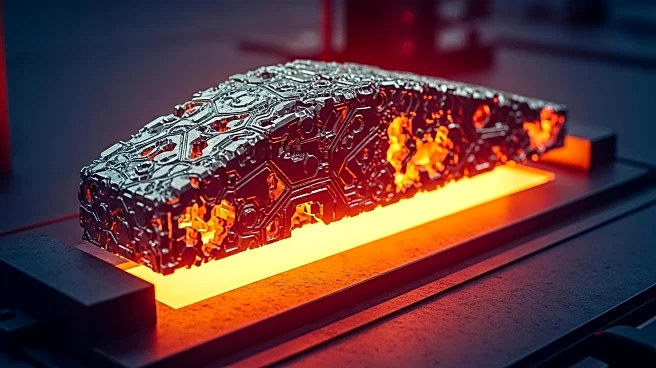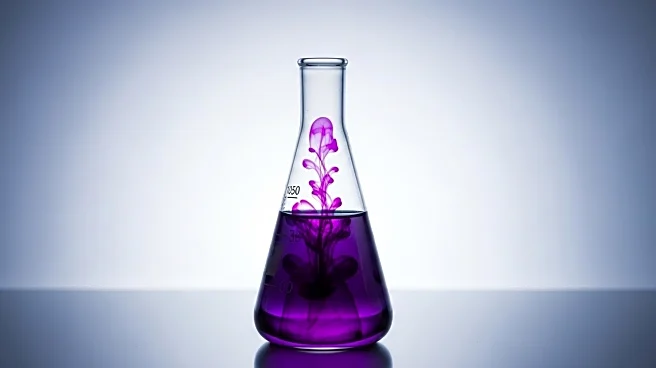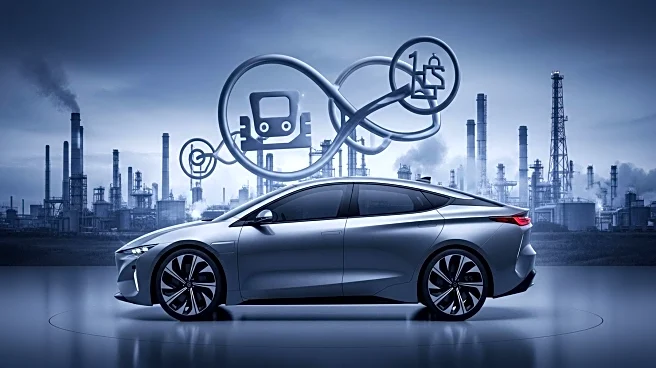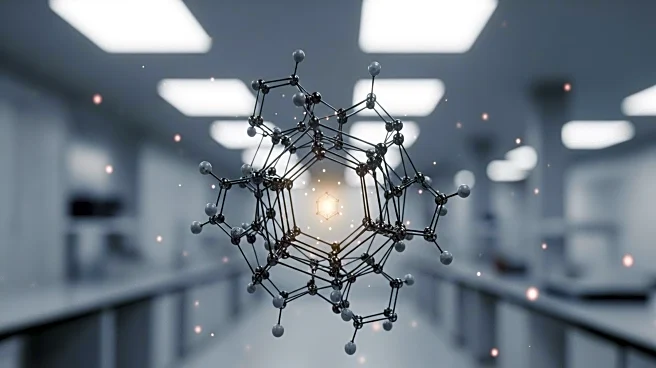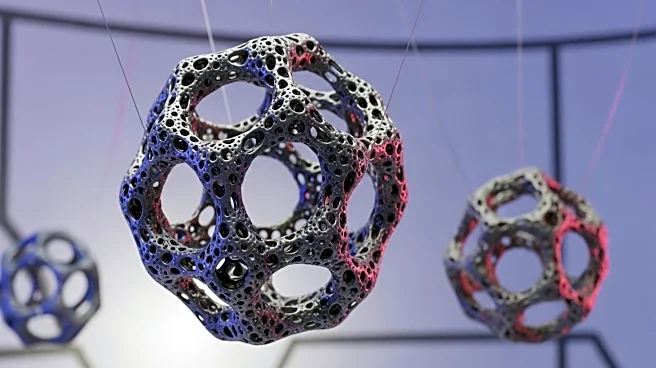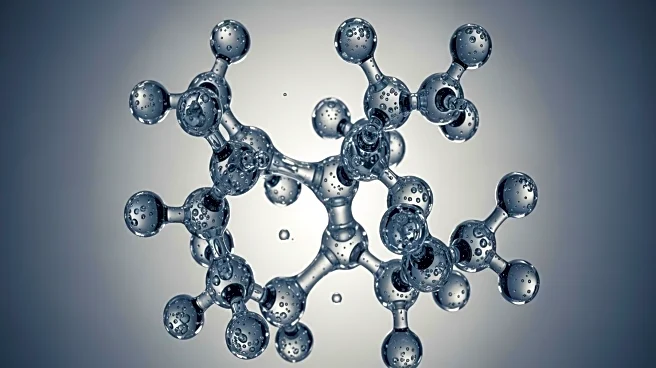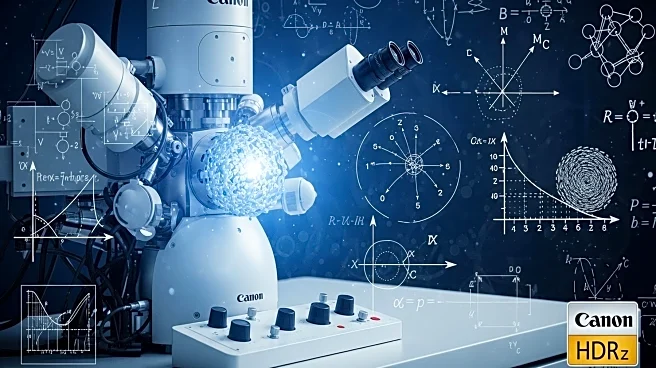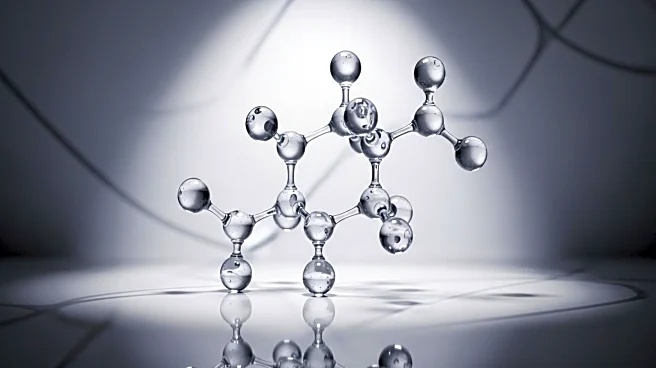What is the story about?
What's Happening?
Researchers at the Karlsruhe Institute of Technology (KIT) have developed a new refractory metal-based alloy composed of chromium, molybdenum, and silicon. This novel alloy is ductile at ambient temperature and has a melting point of approximately 2,000 degrees Celsius, making it stable at high temperatures and resistant to oxidation. The development aims to address the limitations of existing superalloys, which are used in high-temperature applications such as aircraft engines and gas turbines but are limited to operating temperatures of up to 1,100 degrees Celsius. The new alloy could potentially allow components to operate at temperatures significantly higher than current limits, thereby increasing efficiency in combustion processes.
Why It's Important?
The development of this new alloy is significant as it could lead to a technological leap in industries reliant on high-temperature applications, such as aviation and power generation. By enabling higher operating temperatures, the alloy could reduce fuel consumption in turbines by about five percent, which is crucial for reducing fossil fuel use and CO2 emissions. This advancement is particularly relevant for aviation, where electric-powered long-haul flights are not yet feasible, making fuel efficiency a critical concern. The alloy's potential to operate at higher temperatures could also benefit stationary gas turbines in power plants, contributing to more sustainable energy production.
What's Next?
Further development steps are necessary to bring the alloy to industrial application. Research groups worldwide are expected to build on this fundamental research to explore practical uses. The focus will likely be on optimizing the alloy for specific applications and overcoming any remaining technical challenges. The potential for increased efficiency and reduced emissions could drive interest from industries and governments looking to improve sustainability and performance in high-temperature applications.
Beyond the Headlines
The discovery of this alloy highlights the importance of interdisciplinary research and collaboration in advancing material science. It underscores the role of fundamental research in paving the way for practical innovations that address global challenges such as energy efficiency and environmental sustainability. The development also raises questions about the availability and cost of the materials involved, which could impact the widespread adoption of the technology.
AI Generated Content
Do you find this article useful?
